Liberty Tower, 55 Liberty Street: Review and Ratings
between Broadway & Nassau Street View Full Building Profile
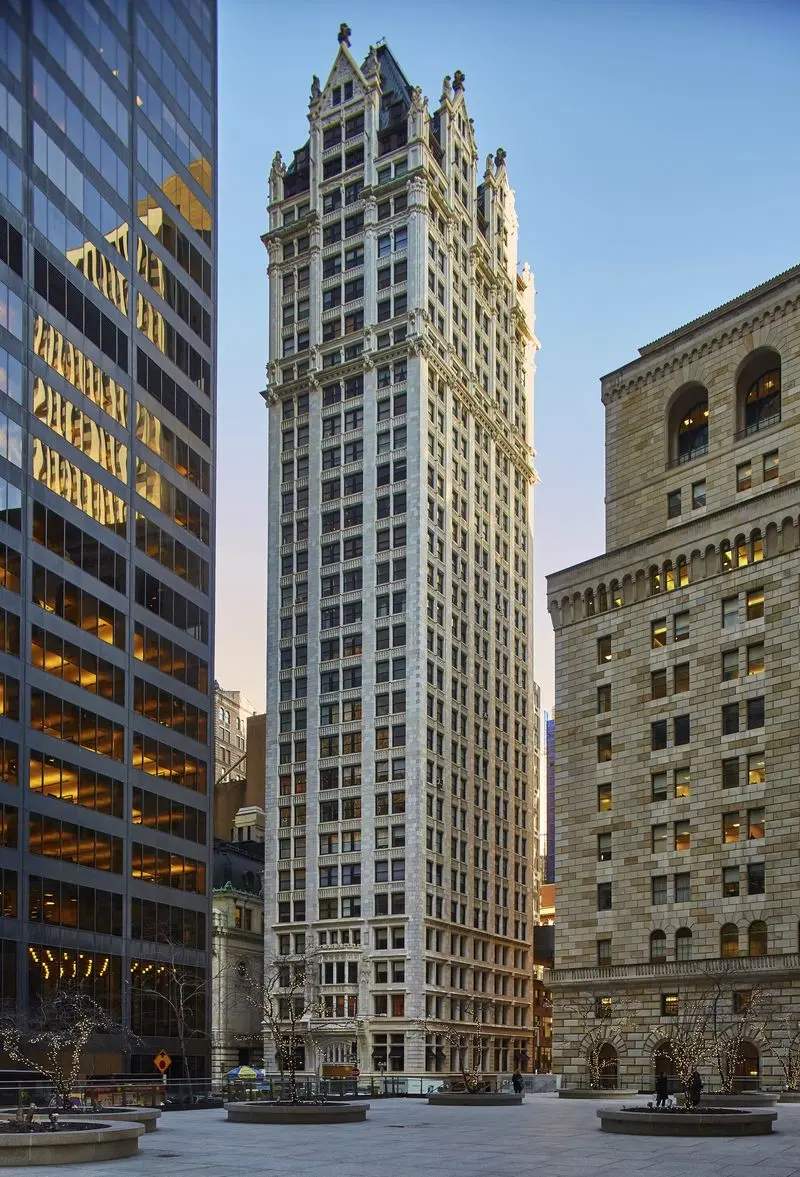

One of the great skyscrapers of Lower Manhattan, this Gothic Revival-style tower at 55 Liberty Street on the northeast corner at Nassau Street was erected in 1910 and designed by Henry Ives Cobb.
It is known as Liberty Tower. Over the years its office tenants included the Sinclair Oil Company and a precursor of the accounting firm of Coopers Lybrand.
In 1979, Joseph Pell Lombardi, an architect, converted this 33-story skyscraper to a cooperative residential building with 86 apartments.
It was designated an official New York City landmark in 1982.
Bottom Line
One of Lower Manhattan’s great pre-war towers, this building was one of the first major buildings to be converted to apartments downtown where it has a great location.
Description
Andrew Alpern discusses this superb building in his excellent book, "Luxury Apartment houses of Manhattan," (Dover Publications, Inc., 1992):
"The decorative treatment at the Liberty Street entrance establishes the design theme and extends upward to the fourth floor. Flanked by crocketed and pinnacled spires and surmounted by a glazed Tudor arch, the entry doors give onto a Gothic vaulted lobby finished in a marble complementary to the exterior terracotta. The upstairs corridors carry through the marble wainscoting, with bronze trim...”
Amenities
The building has a 24-hour doorman and a live-in superintendent. There is excellent shopping in the vicinity. The building has no garage, no health club and no sidewalk landscaping.
Apartments
Lombardi's conversion subdivided almost every floor differently with a wide variety of layouts of simplexes, duplexes and triplexes, which were left "raw" for the new residents to adapt themselves. He converted the former boardroom and dining room of the Sinclair Oil Company into an apartment for himself.
Each apartment has a washer and a dryer.
Apartment 21A is a three-bedroom unit that has a 10-foot-long entry foyer that leads to a 23-foot-long living room and a 20-foot-long eat-in kitchen.
Apartment 10B is a three-bedroom unit that has an 11-foot-long entry foyer that leads pasts a 10-foot-long pass-through kitchen to a 31-foot-wide living/dining room.
Apartment 15B is a two-bedroom duplex unit that has an entry foyer that leads to a 19-foot-long curved gallery that leads to a 21-foot-wide open kitchen with an angled island and a 54-foot-wide living/dining room. The apartment also has a 30-foot-long library downstairs and a 22-foot-long studio with a 7-foot-square kitchen upstairs.
Apartment 17B has a long entry foyer that leads to a 10-foot-square grand foyer that opens onto a 54-foot-long living/dining room adjoining an open, 18-foot-long kitchen, a 10-foot-office, a 9-foot-long laundry and a bar. The apartment has a 23-foot-long bedroom and a 19-foot-long master bedroom with a large curved wall.
Apartment 19B is a two-bedroom unit that has an entry foyer that leads diagonally to a 35-foot-long living/dining room with a 14-foot-long open kitchen.
Apartment 9B is a two-bedroom unit with a 27-foot-long entrance gallery that leads to a 17-foot-long hallway, a 13-foot-wide, pass-through kitchen, a 31-foot-wide living/dining room and a 21-foot-wide den.
Apartment 22A is a one-bedroom unit with an 11-foot-long office/gym that has an 18-foot-long entry foyer that leads past a 17-foot-long enclosed kitchen to a 29-foot-long open dining room next to a 20-foot-long living room.
The penthouse is a two-bedroom unit that at its entrance and a 14-foot-long dining room next to a 10-foot-square pass-through kitchen and a 10-foot-wide center foyer that leads to a 30-foot-wide living room with a fireplace.
Apartment C is a triplex on the 12th, 13th and 14th floors with a 20-foot-long entry foyer on the middle level that leads to a 22-foot-long, double-height living room flanked by a 18-foot-square library and an 18-foot-wide dining room off a 13-foot-wide breakfast area and a 13-foot-long open, pass-through kitchen. The upper floor has a 21-foot-long bedroom and a 26-foot-long landing that is open to the living room. The lower level has three bedrooms.
History
In an April 2, 2010 article in The New York Times, Irwin Arieff wrote that the “neo-Gothic skyscraper adorned with terra-cotta gargoyles, birds, alligators and flowers, is celebrating not only its 100th year but also the completion of a $5 million repair job on its façade, which was damaged by the 2001 collapse of the nearby World Trade Center.”
The building was erected by the Liberty-Nassau Building Company as a speculative office building and it was initially known as the Bryant Building after the name of the seven-story building that had occupied the site and had been the home from 1853 to 1875 of The New York Evening Post.
The building’s ornate English Gothic design was copied on a larger scale, with variations, three years later by Cass Gilbert for the famous Woolworth Building facing City Hall Park.
The slender form of the building was eventually banned by new city zoning and older buildings fell out of favor as large office tenants wanted larger floors, leading to an exodus from Lower Manhattan to the suburbs.
Lombardi's project, which was done with very high preservation standards, was the first major such conversion in Lower Manhattan. The next year Martin J. Raynes converted the very handsome, red, 11-story Potter Building on Park Row facing City Hall Park, but it would be another 15 years or so before many more similar conversions of older office buildings downtown would take place.
Location
It has a spectacular location that is adjacent to the great former Chamber of Commerce building, a landmark, and across the street from two of Lower Manhattan's most impressive modern towers, 140 Broad and the Chase Manhattan Plaza tower and the monumental Federal Reserve Bank of New York building.
City Hall Park and the Trinity Church cemetery are nearby as are subways.
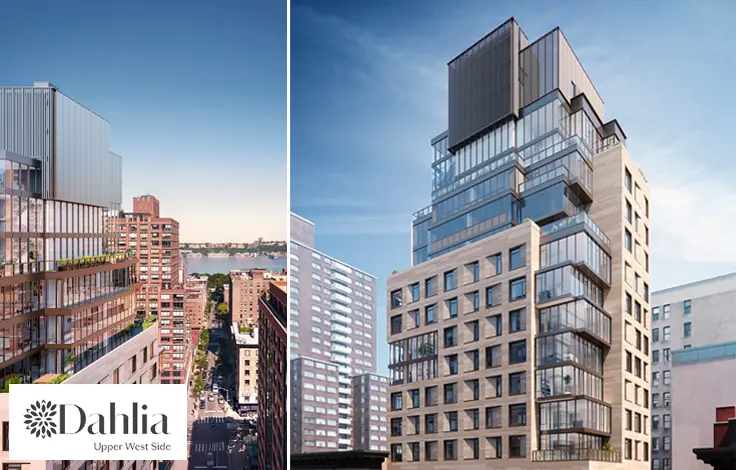
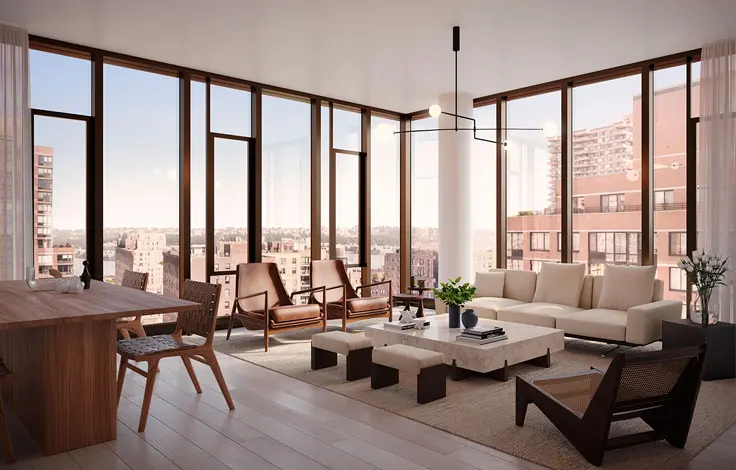
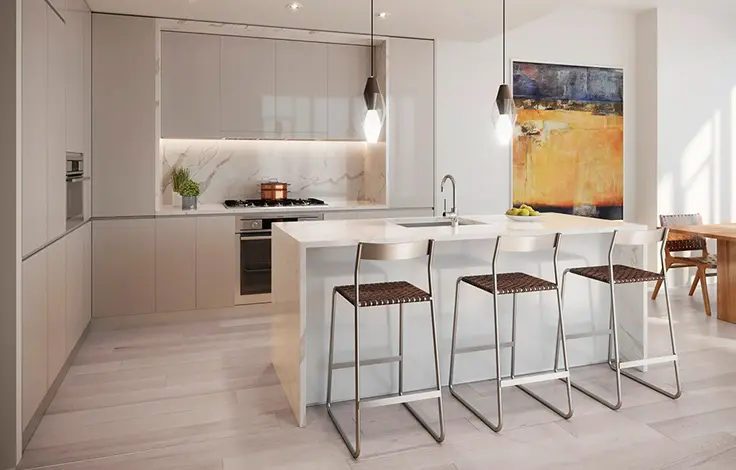
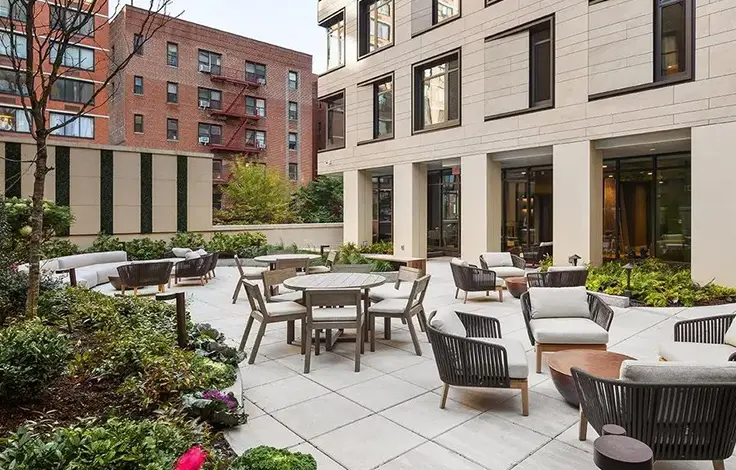
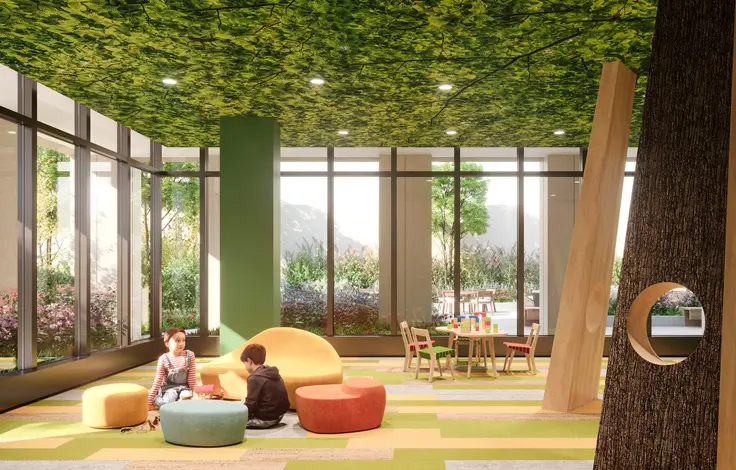
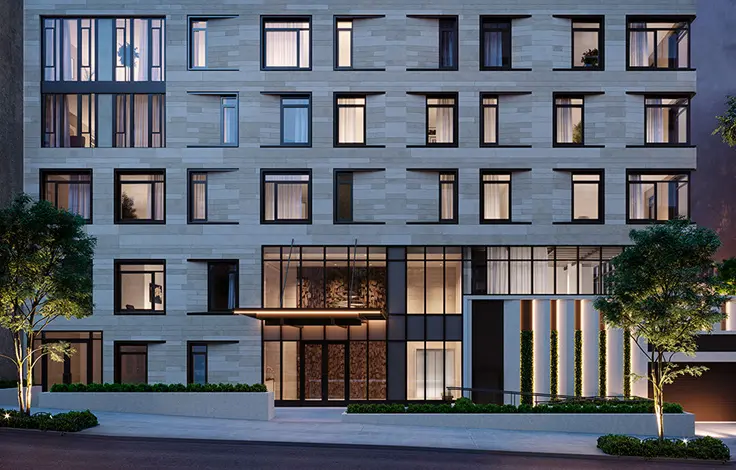
 6sqft delivers the latest on real estate, architecture, and design, straight from New York City.
6sqft delivers the latest on real estate, architecture, and design, straight from New York City.
